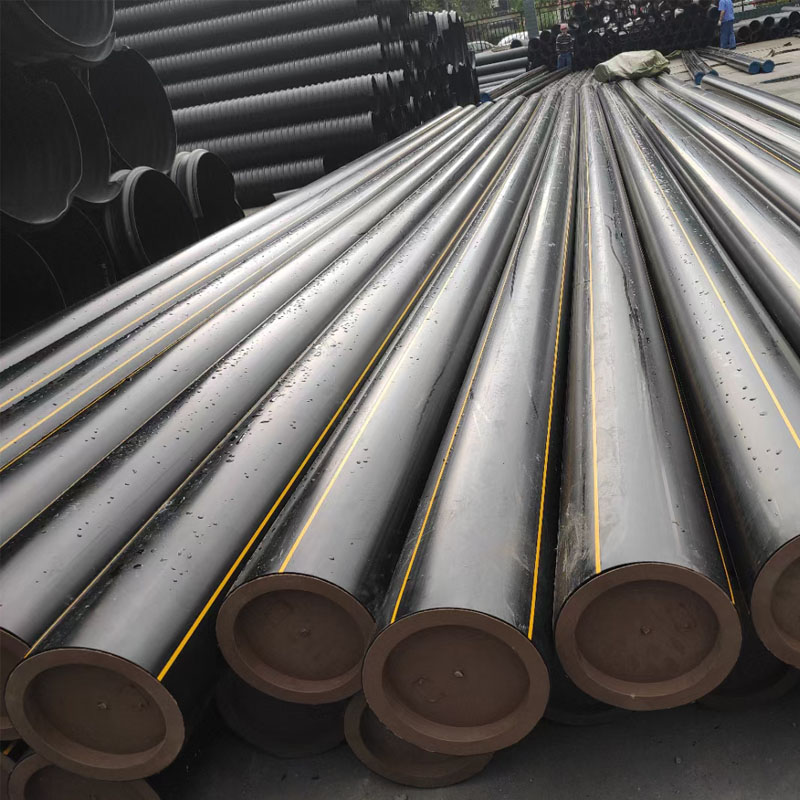Aug . 20, 2024 10:25 Back to list
Affordable Pricing for Wholesale PPR Pipes in Various Sizes
Understanding Wholesale Prices for PPR Pipes A Focus on 3” and 4” Sizes
In the world of plumbing materials, Polypropylene Random Copolymer (PPR) pipes have gained immense popularity due to their durability, resistance to corrosion, and versatility. As more suppliers and contractors look towards eco-friendly and cost-effective solutions, the demand for PPR pipes has spiked, particularly in wholesale markets. This article delves into the wholesale prices for 3” and 4” PPR pipes, shedding light on factors that influence pricing and their significance in various construction and plumbing projects.
What Are PPR Pipes?
PPR pipes are a type of plastic pipe that is known for its robust construction and longevity. These pipes are primarily used for water supply systems and heating applications. Their advantages include a low thermal conductivity, high chemical resistance, and greater flexibility compared to traditional pipe materials such as metal. These characteristics make PPR pipes an ideal choice for residential and commercial plumbing.
Pricing Insights
The wholesale prices of 3” and 4” PPR pipes can fluctuate based on multiple factors including, but not limited to, the supplier’s location, production costs, and market demand. Generally, the prices of PPR pipes range significantly, often reflecting the quality of the material, brand reputation, and the economic conditions of the region.
On average, wholesale prices for 3” PPR pipes can range between $0.70 to $1.50 per foot, while 4” PPR pipes might be priced between $1.20 and $2.20 per foot. Bulk purchasing usually attracts discounts, which can further reduce costs for contractors and procurement managers.
Factors Influencing Pricing
wholesale ppr pipe 3 4 price

1. Material Quality Higher quality PPR pipes are often priced higher due to the superior raw materials used in their production. It's crucial for buyers to assess standards such as ISO certifications and compliance with industry regulations.
2. Production Costs The manufacturing process has a direct impact on wholesale pricing. Fluctuations in oil prices, the main component for polypropylene, affect production costs and, consequently, the retail price of pipes.
3. Supplier Relationship Strong relationships with suppliers can lead to better pricing strategies. Long-term contracts and consistent orders may yield better rates for wholesale buyers.
4. Market Demand Economic trends can influence how much contractors and builders are willing to spend on plumbing supplies. An increase in construction projects can drive demand, raising prices in wholesale markets.
5. Logistics and Transportation The cost of transporting goods also contributes to the final price. Suppliers located closer to manufacturing facilities may offer more competitive rates compared to those who incur higher shipping expenses.
Conclusion
The wholesale market for PPR pipes, particularly the 3” and 4” sizes, remains robust and competitive. Understanding the factors that influence pricing can aid procurement managers and contractors in making informed purchasing decisions. As construction needs evolve, the emphasis on quality and cost-effectiveness in plumbing solutions will continue to shape the wholesale pricing landscape. For those looking to purchase PPR pipes in bulk, it's essential to research various suppliers, compare prices, and consider the quality of the materials to ensure the best return on investment. Ultimately, the strategic procurement of PPR pipes can lead to significant cost savings and successful project outcomes in the plumbing sector.
-
High-Quality PVC Borehole Pipes Durable & Versatile Pipe Solutions
NewsJul.08,2025
-
High-Quality PVC Perforated Pipes for Efficient Drainage Leading Manufacturers & Factories
NewsJul.08,2025
-
High-Quality PVC Borehole Pipes Durable Pipe Solutions by Leading Manufacturer
NewsJul.08,2025
-
High-Quality PVC Borehole Pipes Reliable PVC Pipe Manufacturer Solutions
NewsJul.07,2025
-
High-Quality UPVC Drain Pipes Durable HDPE & Drain Pipe Solutions
NewsJul.07,2025
-
High-Quality Conduit Pipes & HDPE Conduit Fittings Manufacturer Reliable Factory Supply
NewsJul.06,2025

